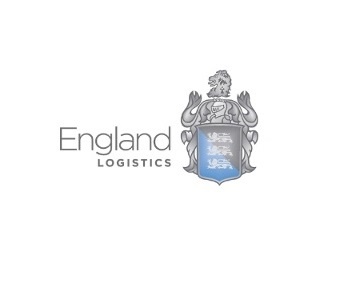Cummins revenue down 10% for Q2



Luber-finer's mobile app is designed to help users identify the right filtration technology and locate where to obtain it for commercial vehicle applications.
The app offers several tools for finding parts including access to an online parts catalog, part search, cross reference, distributor locator and the ability to save favorite searches. The app is available for iOS and Android mobile devices and helps drivers, technicians, maintenance managers and parts distributors quickly look up filter parts and find Luber-finer distributors that carry them.
The online parts catalog allows users to search the parts catalog to find the part number and specification details for any Luber-finer lube/oil, fuel/water, air, hydraulic, coolant or cabin air filter. The part search uses the part number to obtain a part description, dimensions and vehicle compatibility information.
The cross reference tool takes the part number of another brand's filtration product and presents a comparable Luber-finer filter. The distributor locator finds nearby distributors by typing in the zip code and an adjustable mile radius filter. Lastly, frequently used part and distributor searches can be saved by clicking a star on the search results page which places them on a favorites tab in the app for future use.
Follow @HDTrucking on Twitter

Freight brokerage England Logistics has opened a new office in Atlanta, Ga., to accommodate the company's growth in the region.
The office, scheduled to open on Aug. 1, will handle the company's growing client base in the area. It marks the fifth operational office that the Salt Lake City-based England Logistics has opened in the U.S.
Scott Hammond, business development manager at England Logistics, will oversee daily operation of the Atlanta office. He will be responsible for the growth and development of the new office.
"The opening of our regional office in Atlanta was driven by our commitment to provide top-tier service to clients in the area and demonstrates our desire to foster regional growth in coming years," said Hammond. "England Logistics is a major player in freight brokerage and has a very exciting roadmap for future growth."
England Logistics offers non-asset based transportation solutions including full truckload services, intermodal, dry and cold chain LTL, parcel, global logistics and supply chain management.
Related: C.R. England Exec Wins TCA's Past Chairman's Award
Follow @HDTrucking on Twitter

Logos via Verizon and Fleetmatics.
">Logos via Verizon and Fleetmatics.
">Verizon will control about 25% of the telematics market following its planned acquisitions of Fleetmatics and Telogis in moves that indicate steady growth ahead for fleet telematics use, experts told AutomotiveFleet.com.
The deals will bring about 1.4 million units in service under Verizon's telematics unit and create a telematics provider with the potential to dominate the market, said Clem Driscoll, who produces an annual market study. The units would be shifted to operate on Verizon's cellular network.
"Fleetmatics is the largest fleet tracking company in the world, and this is the largest acquisition in the history of this industry," said Driscoll, who's been watching the industry for two decades. "It's the largest in terms of money and subscribers."
Verizon should be able to complete its acquisitions, even in a challenging regulatory environment. Anti-trust concerns should be allayed because there are still several hundred telematics vendors in the U.S., Driscoll said.
After the dust settles, Geotab and GPS Insight would be Verizon's largest competitors. In addition to software, Geotab offers its GO7 OBDII dongle. Omnitracs and PeopleNet would continue to be the primary telematics providers to over-the-road trucking fleets.
If Verizon successfully closes the acquisitions of Telogis and Fleetmatics, it may need to consolidate the three software-as-a-service platforms. All three companies provide hardware from a third-party vendor and would likely continue to do so, Driscoll said.
Verizon's acquisitions should create greater awareness about the value of telematics data to fleets and help fleet managers further combat misuse of company assets, said Dillon Blake, senior director of business development at Runzheimer, a reimbursement management firm.
"The issues most fleet companies face now is there are a lot of data, and what do you do with that data," Blake said. "Verizon has a good solution to provide some deep business intelligence in an easily digestible form."
Related: Verizon to Acquire Fleetmatics
Follow @HDTrucking on Twitter

